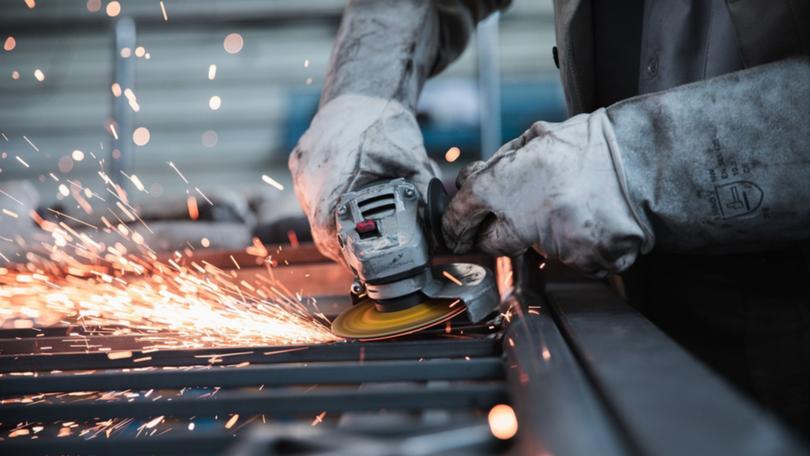Australian manufacturers set to look past headwinds and expand production levels: CBA

More than half of Australian manufacturers and distributors are eyeing an uplift in production levels in the next year amid persistent challenges like labour shortages, according to a fresh bank survey.
Commonwealth Bank’s new report on manufacturing, wholesale trade and distribution businesses showed as many as 61 per cent were targeting a moderate or significant uplift in production levels in the next 12 months. In contrast, only 6 per cent predict a decrease and the rest expect to hold steady.
Most businesses are also forecasting revenue and profit growth in line with rising output, according to the report released on Friday. This is reflected in business optimism, with 83 per cent expressing confidence in conditions over the next 12 months.
Sign up to The Nightly's newsletters.
Get the first look at the digital newspaper, curated daily stories and breaking headlines delivered to your inbox.
By continuing you agree to our Terms and Privacy Policy.Production forecasts are robust in WA and Queensland, with 71 per cent and 67 per cent, respectively, anticipating an increase. Victoria and South Australia are forecasting a 58 per cent increase, while NSW was at 54 per cent.
CBA national head of manufacturing and wholesale trade Maria Christina said while manufacturers have been tested by economic uncertainty and labour shortages, most reported healthy capacity utilisation rates — which measures the percentage of potential output that is being realised.
“In fact, more than half say utilisation is running above 85 per cent, which is a testament to the resilience and innovation of Australian manufacturers,” she said.
“The Government’s newly announced Future Made in Australia Act will seek to support the efforts already under way.
“This could also help the domestic sector respond as many downstream customers gravitate to local or regional suppliers.”
With the top goal of improving productivity, 81 per cent of businesses are planning to increase technology investment in the next 12 months. The potential benefits of artificial intelligence were widely recognised, with two in three saying it improved demand forecasting and inventory management.
Still, 62 per cent face integration challenges, and 60 per cent say a lack of skills makes AI difficult to fully leverage.
While businesses strive for growth, many reported persistent challenges. According to respondents, cost-related factors, driven by energy prices (80 per cent), inflation (74 per cent), and interest rates (72 per cent), are set to be the biggest issues impacting them this year.
Around two in three businesses also said changing customer preferences would have an impact in 2024. That follows reports the top-rated shifts in customer behaviour last year were expectations for lower prices (32 per cent) and faster delivery (31 per cent).
Originally published as Australian manufacturers set to look past headwinds and expand production levels: CBA

